Windsor Collection - Patio Slabs
Smooth and modern.
Our Windsor Slab Collection is designed with clean edges and a smooth top finish for a modern look. The slabs consist of 3 different sizes which can be installed individually, or in any combination of the 3 sizes. This enables the customer to create a variety of interesting and unique patterns. Windsor Slabs are offered in Charcoal and Tan/Charcoal to create a sharp look while blending with earth tones.
Our Windsor Slab Collection is not recommended for driveway use.
8x16 Slab |Charcoal, Tan/Charcoal | 120/pallet –
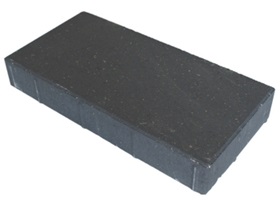
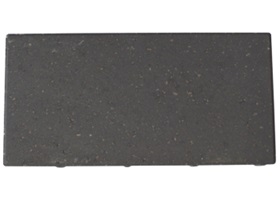
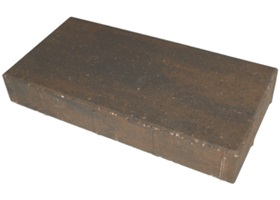
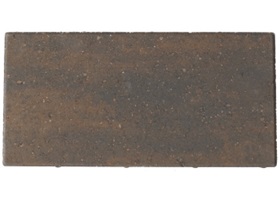
16x16 Slab |Charcoal, Tan/Charcoal | 60/pallet –
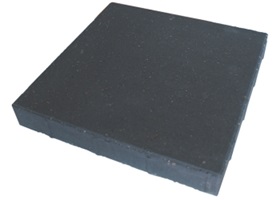
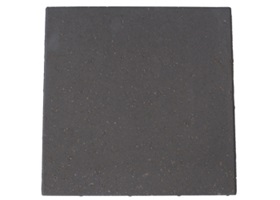
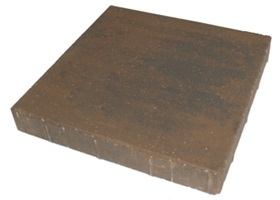
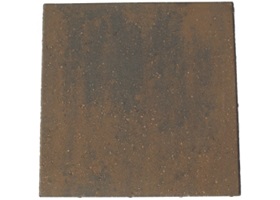
16x24 Slab |Charcoal, Tan/Charcoal | 40/pallet –
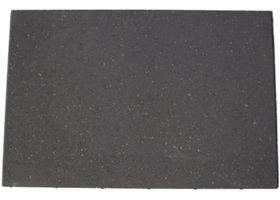
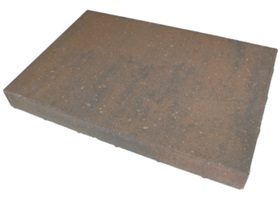
Product Warranty
Product is covered by warranty when the defect is determined to be due to manufacturing processes. Under the event of a defect, the product will be replaced with the same or a similar product. Warranty covers product only. Costs not covered by warranty include but are not limited to labor and installation.
Efflorescence
What is Efflorescence? Efflorescence is a naturally occurring deposit resembling white frost that can sometimes appear on any product made with cement. This includes paving stones, retaining walls, masonry block and even concrete.
This problem can cause some concern for the consumer as it temporarily detracts from the appearance of their project. While efflorescence is a temporary problem it is almost impossible to prevent.
Efflorescence occurs when the water-soluble minerals contained within the product itself, mortar or backfill are dissolved in water. The minerals are then able to migrate from the block to its surface through small pours. When the moisture containing the minerals reaches the surface of the product and evaporates it leaves behind mineral deposits that resemble frost.
Water from sources such as rain, sprinklers even dew can continue to penetrate the product and dissolve minerals, causing the process to start over again for as long as there are free minerals in the product or water is still present.
In climates that experience a lot of rain followed by sun this process will run it course a lot quicker than in semi-arid climates where it can take a year or two for the supply of free minerals to be exhausted.
There are a few things that can be done in the meantime while you are waiting for the problem to go away.
- Eliminate the water source if possible. After your Product is dry you can brush the white deposits off with a stiff brush.
- Another option is washing the product off with water, though this can give mixed results. Water applied to the product can dissolve the minerals on the surface and pull them back into the product as it soaks up the water causing the process to take longer.
- The last way to deal with the problem involves washing the product with a week solution of muriatic acid. This solution however comes with several problems. Any acid can pose a risk to the person applying it to the product. All safety and environmental factors must be taken into account before using this method. The last problem with using acid is that it actually changes the surface of the product and in doing so cause the color to change as well.
In closing, it is our recommendation that you allow nature to take its course. The disappearance of the efflorescence will occur in its own time.
.png?sfvrsn=87abd8f8_1)
